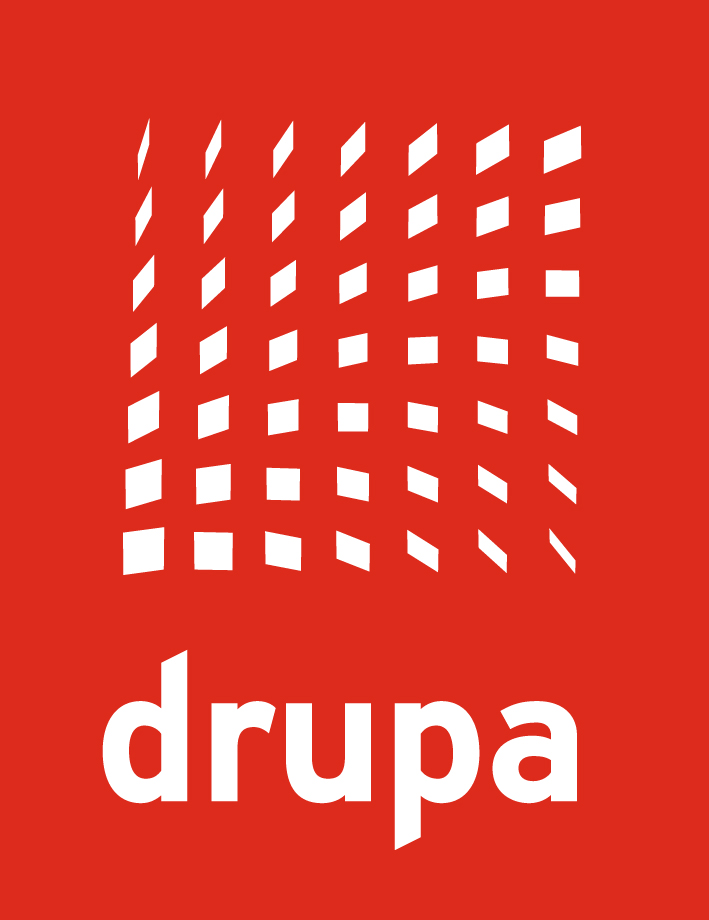When Selecting Products, it’s the Label That Counts
Time:2019-07-09 From:
Across the Middle East, the word digital transformation, is becoming increasingly familiar to business decision-makers and business owners. It is worthwhile to take a deep breath and reflect on what this is supposed to mean for someone outside the information technology industry. Whether digital or business transformation, these are all-encompassing terms, and refer to those organizations that are embarking on a path of innovation, that has been rolled out by bringing digital technologies into the center of the organization’s business.
On a broader scale, such organizations would have adopted digital technologies and rebuilt their sales models, in a particular vertical market, offering completely new products or services and customer experiences, while significantly influencing an extended eco system of supplier partners. For such organizations, the level of innovation at which they operate, is sufficient to disrupt the incumbents and their existing market dynamics as well as peripheral ecosystems.
We can therefore summarize and say that the complete ecosystem of digital and business transformation includes the innovator or the disrupting organization; various disruptive technologies that have been adopted by the disruptor; the vertical market segment in which the disruptor operates; and the peripheral and surrounding ecosystem of input and output supply chain partners. Real transformed organizations do not only just innovate. They also disrupt existing market leaders and their legacy of established ways of working with established suppliers.
One common confusion is the inability of existing industry players to distinguish between what is a trend or a fad and a real disruption introduced by a market disruptor. A trend does not disrupt or overturn established market rules and norms. A disruptor does just that and not only affects the established market and existing eco systems but also often extends peripherally as well.
Another reason why such innovators, disruptors, or leaders in business and digital transformation, do not get picked up on the radar of incumbents is because they are usually off their radars. Transformation leaders, innovators and disruptors, almost always leverage technologies that are not being used by incumbents and stalwarts. Their innovative business models, services and products, leverage disruptive technologies that are not being used by incumbents.
Global research organization, IDC classifies these technologies as a combination of innovation accelerators and the third platform of information technology. According to IDC, the Middle East and Africa region is now poised at the tipping point, where all accelerators are pointing forward, towards rapid adoption and increased spending. These include digital technologies like cloud, mobility, big data, analytics, as well as Internet of Things, blockchain, artificial intelligence, 3D printing, and virtual and augmented reality.
According to IDC, this region spent more than $20 billion in 2018 on digital transformation and will more than double, passing $40 billion, by 2022. 89% of organizations in the Middle East and Africa now view digital transformation as being central to their corporate strategies. The tipping point implies that digital transformation has now reached a macroeconomic scale, and will increasingly become the core of industry decision making.
More and more digital native enterprises will challenge legacy incumbents and stalwarts and these will have no choice but to transform themselves. This will be at a pace not set by their markets and themselves, but from outside their markets and mostly unknown players.
In order to survive, traditional businesses will have to start asking themselves – how can we become the Uber of our industry. And more importantly can we really become an Uber of our industry. To become an Uber, legacy incumbents will need to relook at their organizational culture to decide if they have fostered an innovative climate; ask whether the Board has enough appetite and vision to survive this generation of digital challenges; assess whether the organization has sufficient internal strengths and resources to reskill itself; and skillfully adopt digital platforms while reengineering business processes around these new platforms, amongst others.
In the past, disruptive technologies bringing about transformation, manifested themselves in the form of better and better devices, compute infrastructure, machines, in other words hardware. Going forward disruptive, digital technologies will only become better and better in improving the customer experience and customer journey. They will become more and more experiential, opening up new opportunities to discover the customer and their expectations. Thanks to cloud platform delivery, they will also become less challenging to use and apply. The real challenge in transformation will increasingly turn towards the organization, its people and its leaders.
Should the organization follow the strategy of leading the pack or following the pack, while building the new ecosystem, left behind in the wake of the pack leader? Internally, business and technology decision makers need to collaborate strongly so that transformation is homogenized internally and works end to end. Often times, businesses may also need to partner with specialist firms to kick start transformation in organizations and to accelerate them in their journeys.

